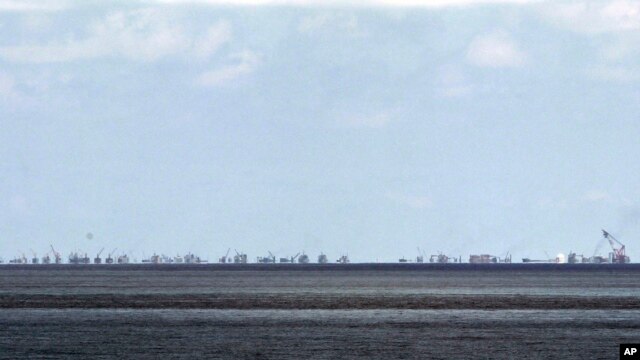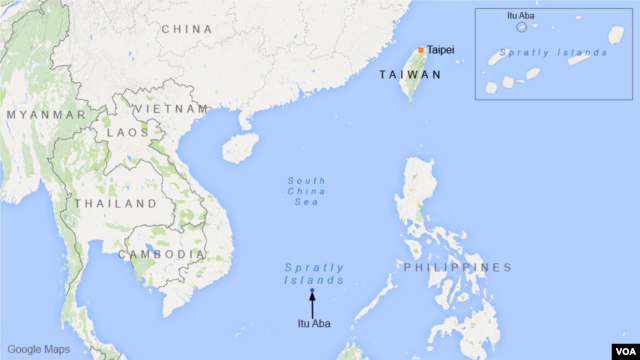Marine Biologists: Artificial Islands Devastating South China Sea Ecosystems
FILE - Ongoing reclamation of Subi Reef by China is seen from Pag-asa Island in the Spratly Islands, South China Sea, western Palawan Province, Philippines, May 2015.
January 28, 2016 8:49 AM
HONG KONG—
For years, overfishing in the territorially contested South China Sea has depleted local fish stocks.
But since 2012, the controversial construction of artificial islands has ecologically devastated the disputed water way. Recently released satellite images show man-made scarring on at least 28 reefs.
“The impact of the dredging and land reclamation projects are compounding the pre-existing impacts of fishing,” said Dr. Terry Hughes, a James Cook University professor of Marine biology, adding that the Asian countries building artificial islands there are having a substantial environmental impact.
Between 2012 and 2015, Chinese fishermen have used large, extended propellers affixed to utility boats to chop the reefs and prepare for the construction of artificial islands.
Fishermen scour the ocean floor for giant clam shells, which are prized as jewelry and luxury items that sell for up to $150,000.
According to Dr. John McManus, a University of Miami marine biologist, while building on the reefs is not new, China’s large-scale construction of a military base and runways is resulting in unprecedented environmental damage.
“Suddenly we have this massive situation where large areas of coral reef are being buried," he said. "In the end it was almost 13 square kilometers — 13 million square meters — that was destroyed, just in terms of being buried under these islands, and this was a huge, huge shock.”
China’s Foreign Ministry has said the artificial islands are to be used for civilian purposes, search and rescue missions, as well as defense.
In an interview with Australian media, Wu Shicun, president of the National Institute for South China Sea Studies, said China has been building in the sea according to a “green construction ethos,” with strict ecological protection measures guiding the construction.
But Samantha Lee of the World Wildlife Fund says any construction in the waterway risks damaging the reefs and the already depleted fish stocks that rely on them to survive.
“If the sediment concentration of the water is too high, it will block off the sunlight and which will cause adverse impact to the growth of the coral," said Lee, a marine conservation advocate. "And again, if the sediment content is too high, it will block the gills of the fish.”
McManus has long argued for the establishment of a peace park in the sea and the brokering of a joint resources management agreement which would include a code of conduct and a freeze on territorial claims. He says this would protect the vital ecosystems.
Recently, Vietnam and Taiwan began smaller-scale construction work on islands in the contested waterway.



No comments:
Post a Comment